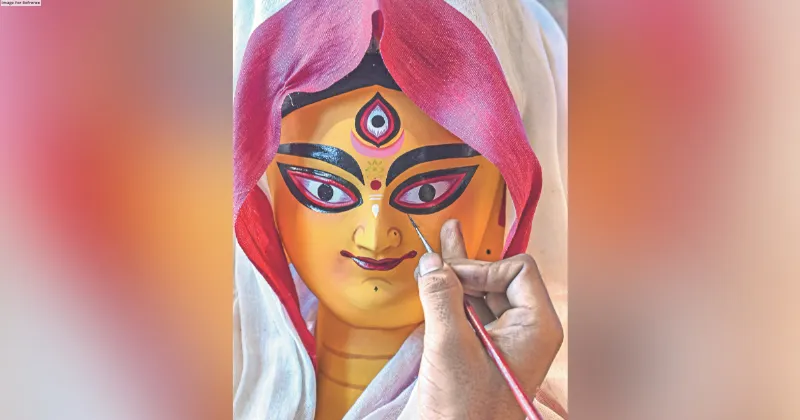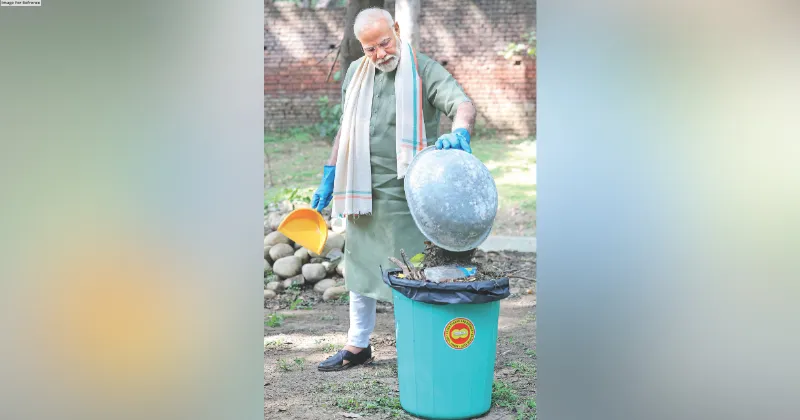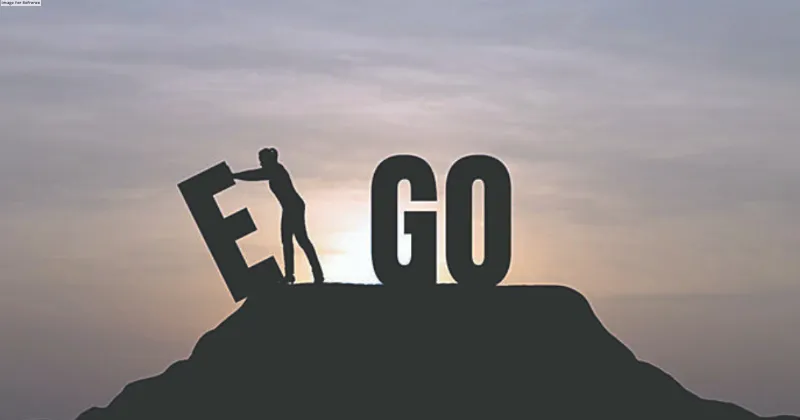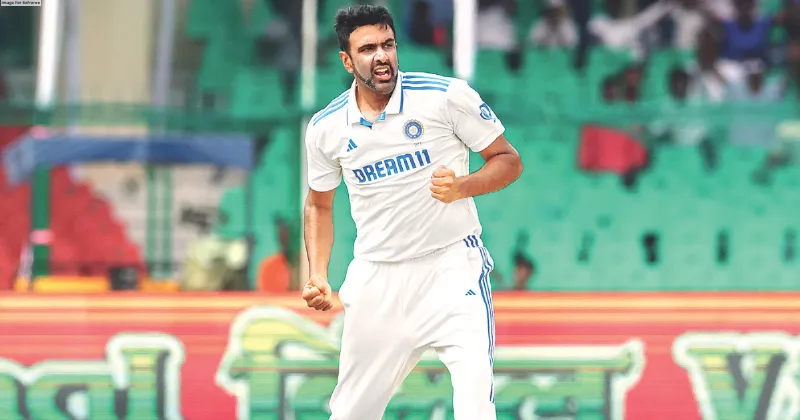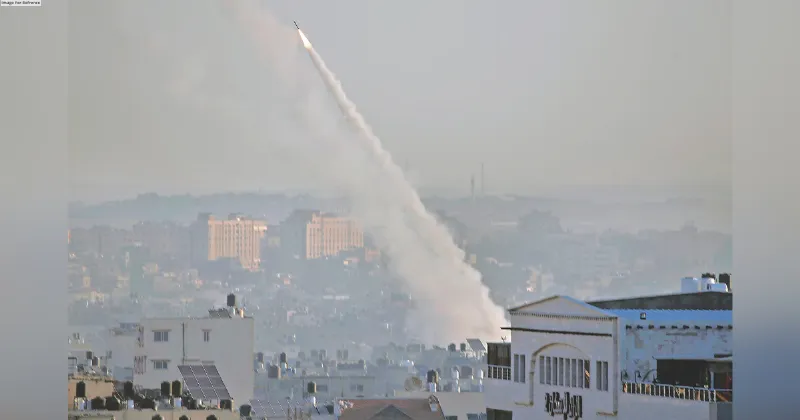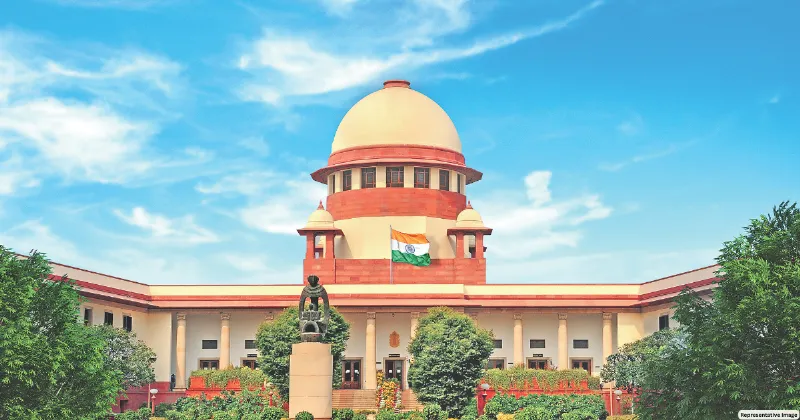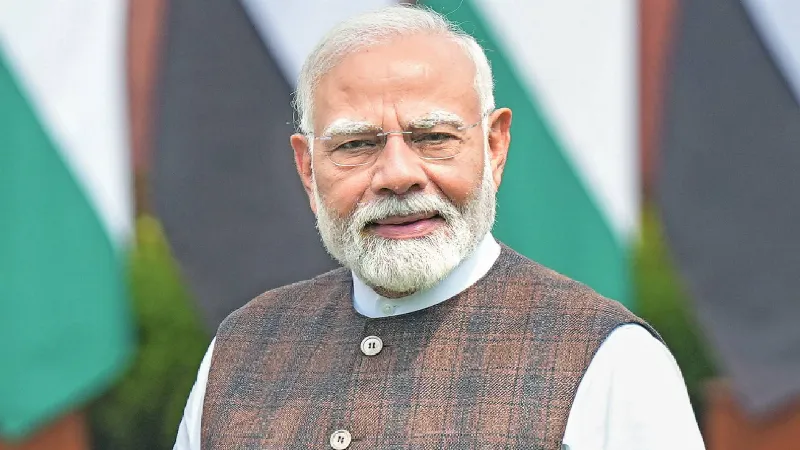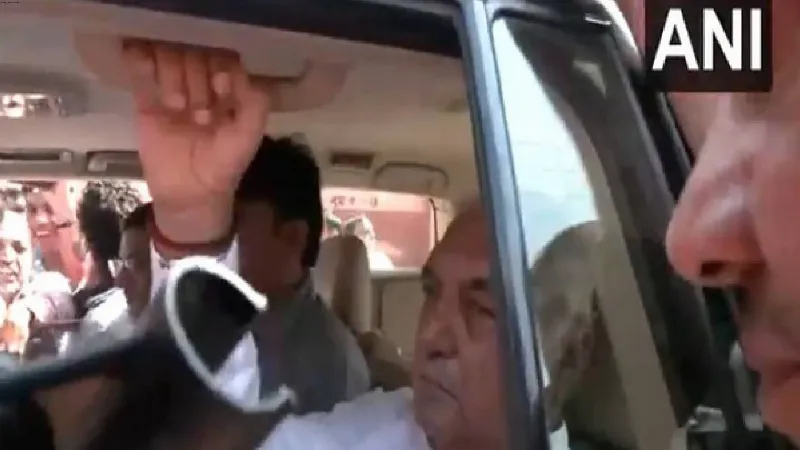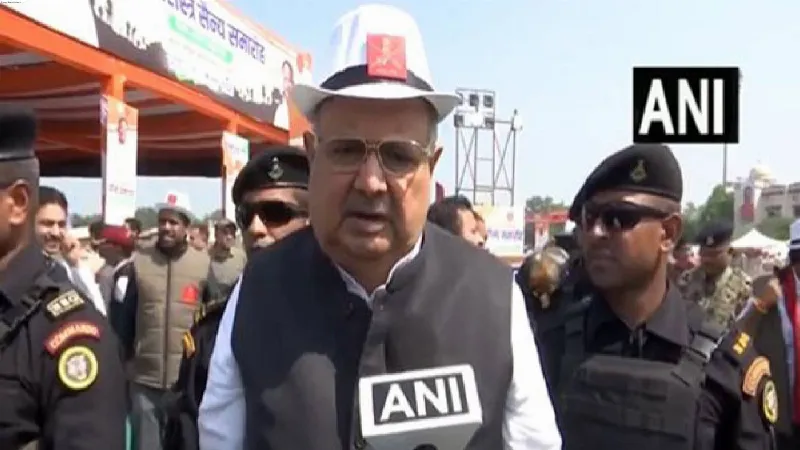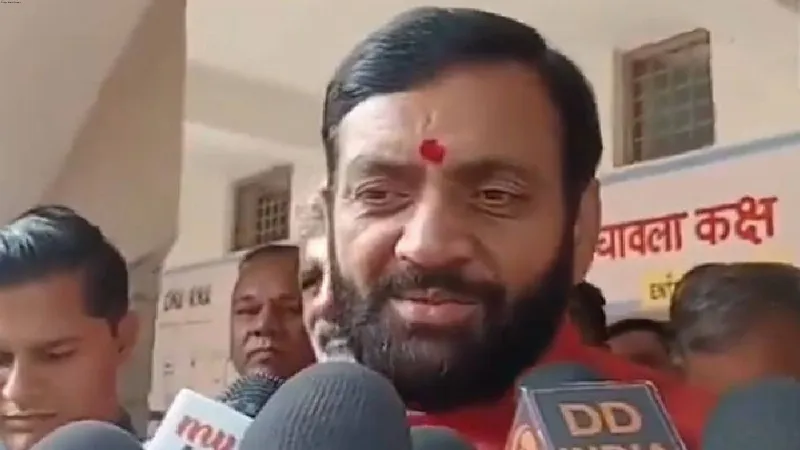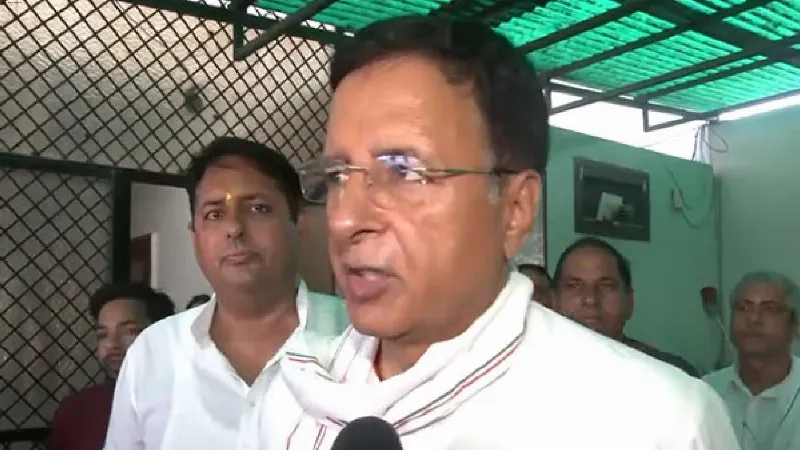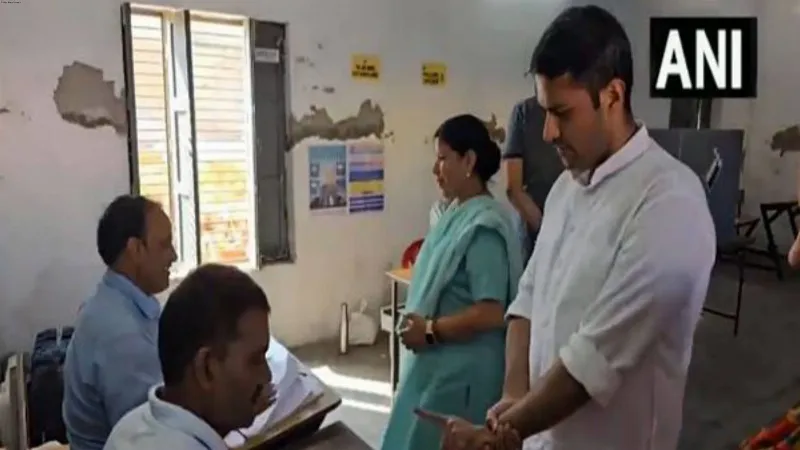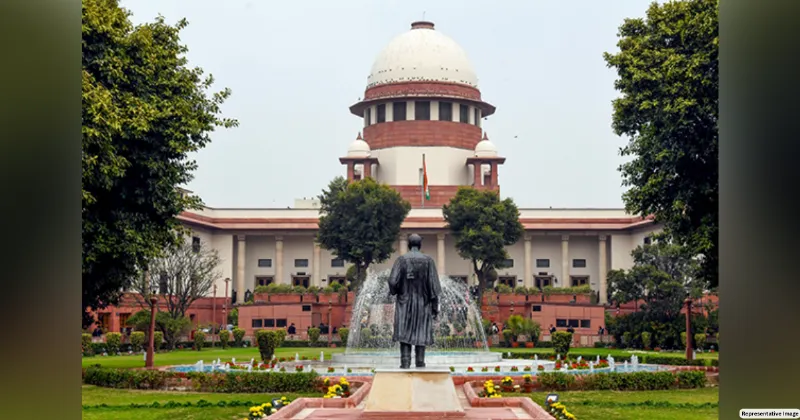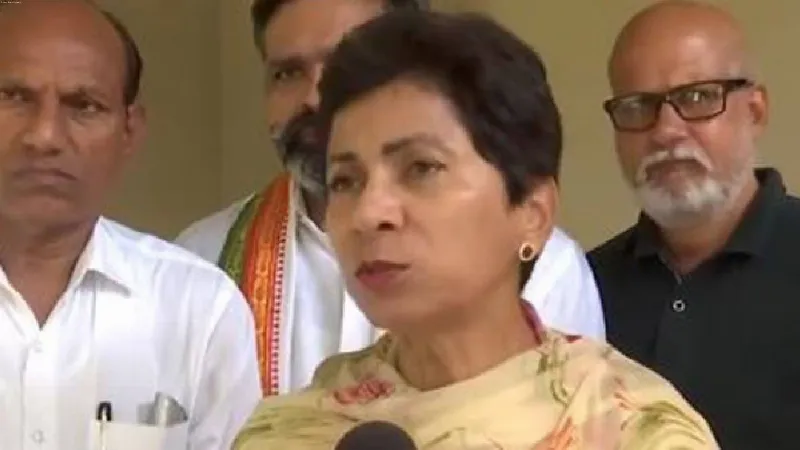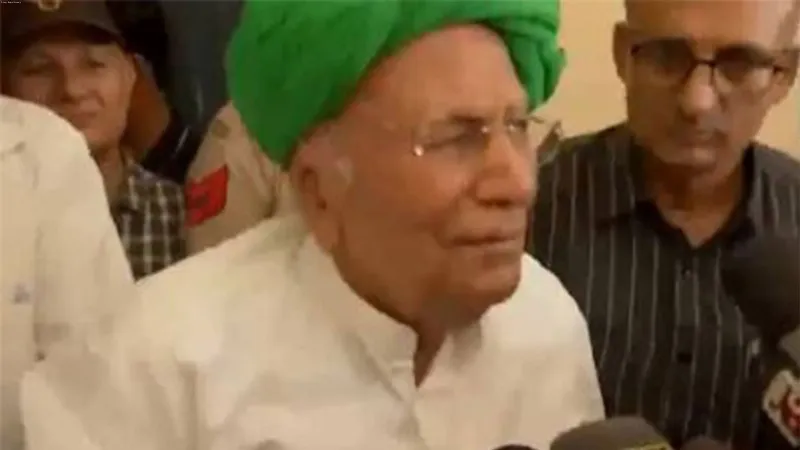Latest News
1975 EMERGENCY LED TO THE EMERGENCE OF LEADER MODI
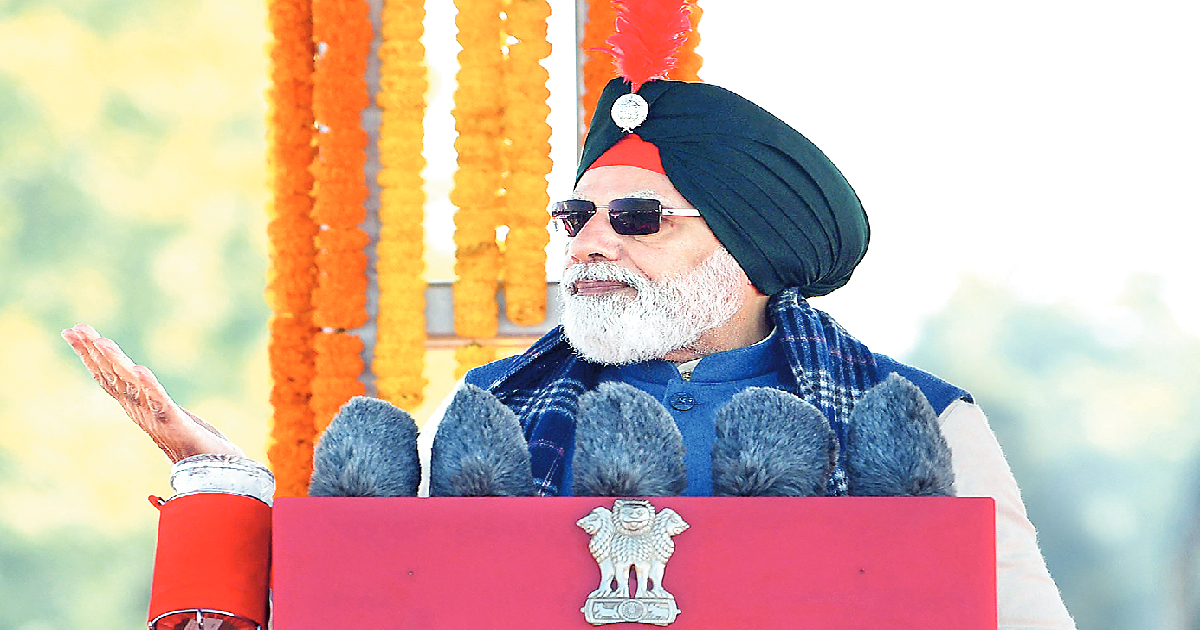
The involvement of youth in large numbers made universities and colleges its epicentre. The slogan which intensified the protest was - Sach ka naam bagawat hai to hum sab baghi hain….Jai Prakash Zindabad….Sampoorna Kranti Zindabad.
The movement soon came out of the walls of universities and colleges and engulfed the entire state.
The intensity was such that the elected Congress government of Chiman Bhai Patel got uprooted. The movement also sent shivers to Indira Gandhi government at the Centre.
This was the victory of youth and of course the triumph of young Narendra. The election which followed this movement saw the emergence of a non-Congress government in Gujarat in the form of Janta Morcha.
Babu Jayesh Bhai Patel became the Chief Minister. Subsequently, the Navnirman movement set the tone for a major political uprising against the Congress government.
Following the change of guard in Gujarat, a political shake-up was waiting in the wings.
On June 12, 1975, Justice Jagmohan Lal Sinha of Allahabad High Court invalidated the election of Indira Gandhi as the Member of Parliament from Rai Bareli.
The court found the Prime Minister guilty on the charge of misuse of government machinery for her election campaign.
Indira Gandhi challenged the verdict of the High Court in the Supreme Court, which didn’t give much relief to the Prime Minister. Eventually, to save her position on June 25, 1975, Indira Gandhi declared an Emergency in the country.
During this period, the fundamental rights of citizens were suspended, there was complete censorship on media and press and no one was allowed to utter a single word against the government.
All newspapers were bound to get their content checked before publishing so that not a single sentence gets published against Indira Gandhi and her party, Congress. The government arrested all the big leaders of the Opposition to crush the protest.
The flame of this unrest also touched young Narendra who evaded arrest by disguising himself as a Sadhu and at times as a Sikh.
He kept the protest alive and helped Opposition leaders with all he had at that time.
Right from organizing secret meetings to transporting important documents and banned magazines to safe places, Narendra was in the thick of things.
Bhupendrasinh Chudasama, a senior BJP leader of Gujarat remembers young Narendra as a dare-devil with a great presence of mind. “During emergency days, there was a meeting in Kashi.
Narendra Modi was one of the main organizers. We had to reach there before sunrise and had to leave before sunset.
After the meeting, we all left together. Narendra Bhai was ahead of us in a different car and I was following him in an old car. We saw the police patrol party on our way. I got frightened but Narendra Bhai kept his calm and duped the police.
He first turned the right indicator and then the left one signalling that he would go in the right direction and we had to change our direction to the left. That’s how we evaded the police,” he reminisced.
During the period of Emergency, Modi’s father Damodar Das used to be worried about Narendra Modi’s whereabouts and wanted to meet him.
Narendra Modi’s younger brother Pankaj somehow managed to convey the message to Narendra Modi about his father’s wish. Modi in the guise of a Sikh came to his maternal uncle’s place at the Nimad area in Ahmedabad to meet his proud father Damodar Das who was happy and satisfied with the way Narendra Modi was fighting against the oppressive Congress government.
The emergency gave an opportunity to Narendra to attain a bigger role in this movement which provided him the chance to understand the principles of Gandhism and socialism and see them in the context of Sangh ideology.
Finally, on March 21, 1977, the Emergency ended with the onset of the first non-Congress government in the country led by Morarji Desai.
His cabinet included senior leaders of the Sangh like Atal Bihari Vajpayee and Lal Krishna Advani.
The young Narendra, who had emerged as the backbone of agitation against Emergency, was given the responsibility to write the history of Emergency in Gujarat.
Modi’s book ‘Sangharsh Maa Gujarat’ became popular and is an authentic document of the fight against emergency.
The book was unveiled by the then Chief Minister, Babubhai Jash Patel. This book is a shining document of the darkest moment of Indian democracy.
The book became so popular that it was later translated into Hindi for a wider readership.


